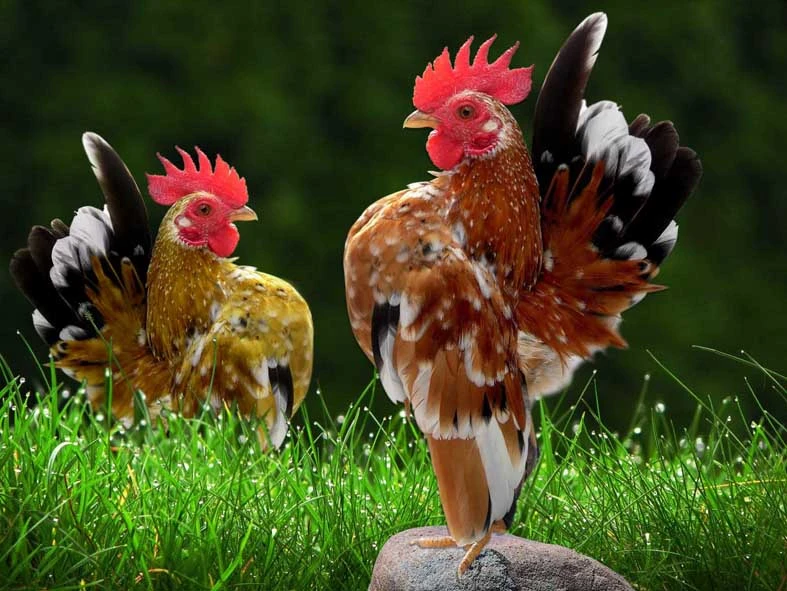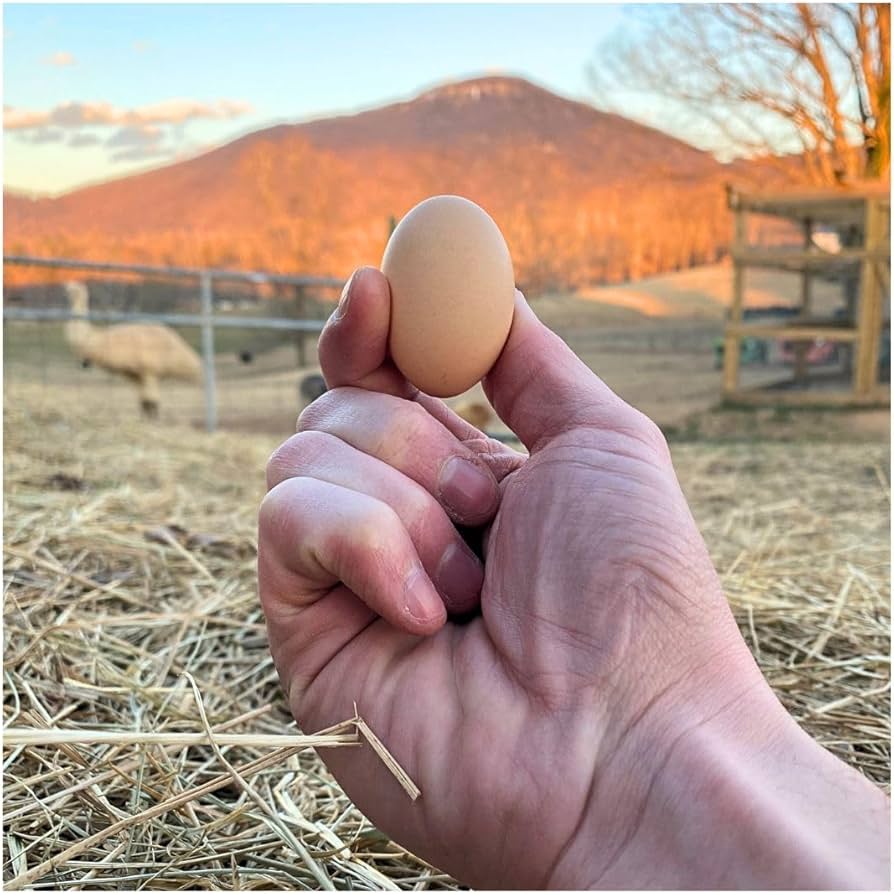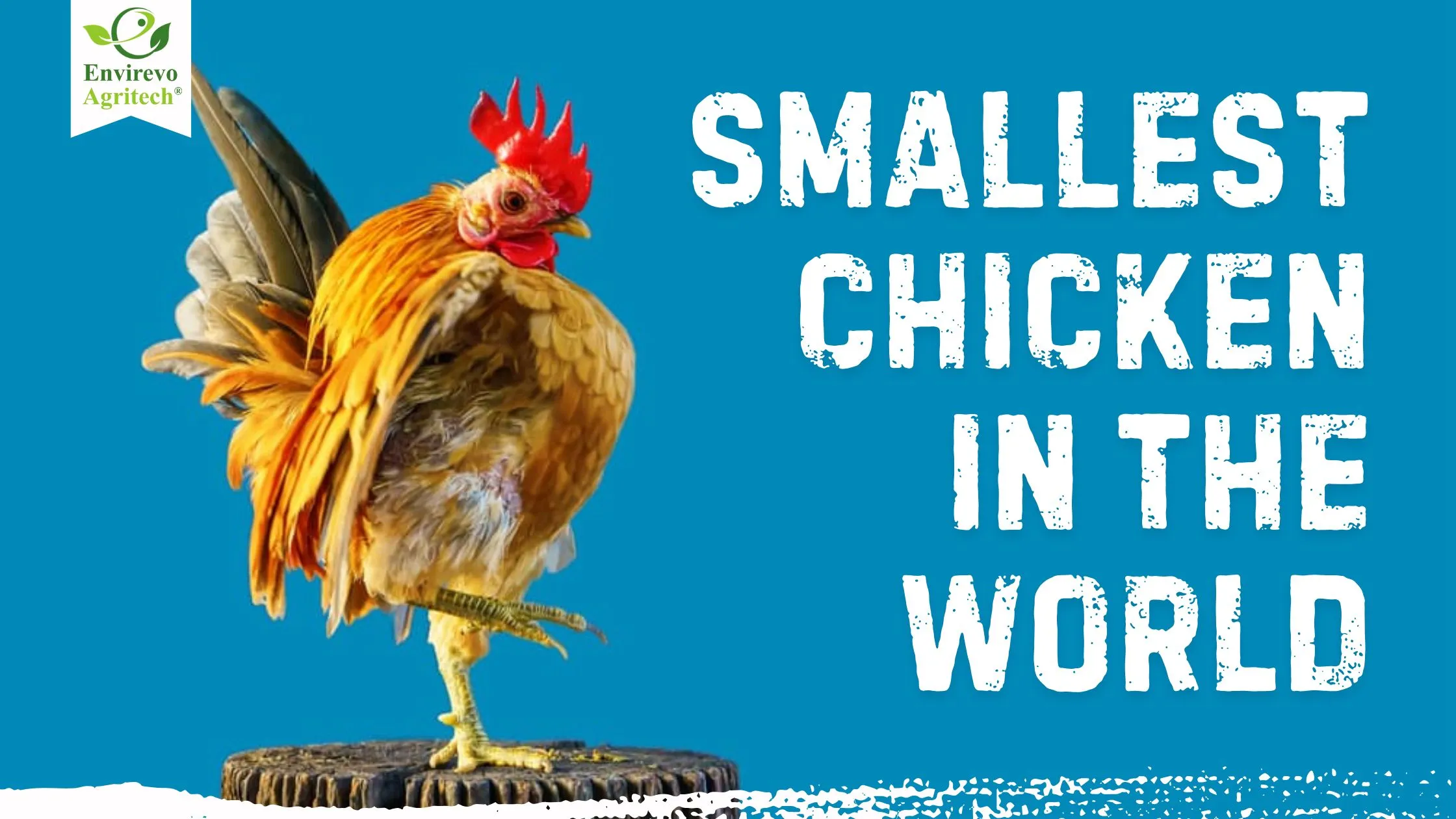Table of Contents
The Serama chicken, renowned as the smallest chicken breed globally, has captured the hearts of poultry enthusiasts, especially in the United States. Originating from Malaysia, these diminutive birds are celebrated not just for their size but also for their distinctive posture, friendly demeanor, and suitability for both urban and rural settings. This comprehensive guide delves into the Serama chicken’s origins, characteristics, care requirements, and more, providing valuable insights for prospective and current owners.
🐔 Origins and History of the Serama Chicken
The Serama chicken traces its roots to the Malaysian state of Kelantan. Developed within the last 50 years, the breed is believed to be a result of crossing Japanese and Malaysian bantams. The name “Serama” is derived from “Rama,” a title used by Thai kings, reflecting the breed’s regal bearing.
In Malaysia, Seramas are not just pets but are also showcased in pageants, where their posture, behavior, and appearance are judged. These competitions highlight the breed’s unique characteristics and the cultural significance they hold in their country of origin
📏 Physical Characteristics and Temperament
Size and Appearance
Serama chickens are the smallest recognised chicken breed, with adults typically standing about 6 to 10 inches tall and weighing between 6 to 15 ounces. Their compact size is complemented by an upright posture, full chest, and vertical tail feathers held close to the body. The wings are large relative to their body size and are carried vertically, often nearly touching the ground.
The breed exhibits a variety of colors, including black, white, and orange, among others. However, in Malaysia, color is not a primary criterion for the breed standard; instead, emphasis is placed on posture and demeanour.

Behaviour and Temperament
Seramas are known for their confident and friendly nature. Despite their small stature, they exhibit a bold and assertive demeanour, often described as “brave warriors” in their native Malaysia. They are sociable birds that enjoy human interaction, making them excellent pets. Their calm disposition also makes them suitable for families with children.
🏠 Housing and Space Requirements
Coop Setup
Due to their small size, Serama chickens require less space than standard breeds. Each bird should have approximately 2 to 3 square feet of space inside the coop. It’s advisable to build coops with more vertical space, as Seramas enjoy flying and perching at higher levels. Perches should allow for about 6 inches of space per bird, and multiple perches at varying heights can provide enrichment.
Nesting boxes can be shared among hens, with one box sufficient for every three hens. Ensuring the coop is predator-proof is crucial, as Seramas are vulnerable due to their size. Using hardware cloth instead of chicken wire can offer better protection.

Outdoor Space
When allowing Seramas to roam outdoors, provide at least 4 square feet of space per bird. Given their small size, they are susceptible to predators, so it’s essential to supervise free-ranging or ensure the outdoor area is securely enclosed. Adding perches, swings, and other forms of enrichment can keep them engaged and active.
🍽️ Feeding and Nutrition
Serama chickens have specific dietary needs due to their size. Chicks should be fed a 20% protein crumble until they are about 16 weeks old. Afterwards, they can transition to a 16% layer feed in crumble form, as pellets may be too large for their small beaks.
Supplementing their diet with fruits, vegetables, and protein sources like mealworms can provide additional nutrients. It’s also essential to provide grit to aid in digestion and ensure they have constant access to clean water in containers that prevent accidental drowning.
🌡️ Climate Considerations
Originating from the tropical climate of Malaysia, Serama chickens are well-adapted to warm and humid conditions. However, they are not cold-hardy and can struggle in temperatures below 40°F. In colder climates, it’s vital to provide a well-insulated coop, free from drafts, and consider supplemental heating during winter months to maintain their health and comfort.
🐣 Breeding and Raising Serama Chicks
Breeding
Serama hens typically lay about four eggs per week, amounting to approximately 180 to 200 eggs annually. They reach maturity relatively quickly, with hens beginning to lay eggs around 16 to 18 weeks of age. The eggs are notably small, with about five Serama eggs equating to the size of one standard chicken egg.
Raising Chicks
Serama chicks are particularly delicate due to their small size. They require a brooder temperature of 95°F during the first week, decreasing by 5°F each subsequent week. Given their fragility, it’s crucial to monitor their environment closely and ensure they are protected from drafts and sudden temperature changes.

🎭 Serama Chickens in Shows and Competitions
In Malaysia, Serama chickens are often showcased in pageants where their posture, behaviour, and appearance are judged. These competitions are akin to dog shows, with owners presenting their birds to highlight their unique characteristics.
In the United States, Serama chickens are gaining popularity in poultry shows, particularly in tabletop competitions. In these events, birds are placed on a table and encouraged to display their natural behaviours, such as strutting and wing flapping. Roosters are often favoured in these shows due to their more flamboyant displays.
🛒 Acquiring Serama Chickens in the U.S.
For those interested in adding Serama chickens to their flock, several breeders and hatcheries across the United States specialise in this breed. Organizations like the Serama Council of North America (SCNA) provide resources and breeder directories to assist prospective owners in finding reputable sources.
When purchasing Serama chickens, it’s essential to consider the bird’s health, temperament, and adherence to breed standards. Engaging with established breeders and attending poultry shows can provide valuable insights and opportunities to acquire quality birds.
Note: For more detailed information and resources on Serama chickens, consider visiting the Serama Council of North America.
🐥 Fun facts about Serama chicken
- World’s Smallest Chicken Breed: Serama chickens hold the title for the smallest chicken breed globally. Adult Seramas typically weigh between 6 to 19 ounces, with some classifications like the “Micro” category weighing even less. Their compact size makes them ideal for urban poultry enthusiasts with limited space.
- Pageant Stars in Malaysia: In their native Malaysia, Seramas are celebrated in beauty pageants where they’re judged on posture, behavior, and appearance. These competitions highlight their proud stance and confident demeanor, often likened to “brave warriors” or “toy soldiers.”
- Talkative and Friendly Companions: Despite their small stature, Seramas are known for their big personalities. They’re sociable, enjoy human interaction, and are quite vocal, often “talking” to their owners. Their friendly nature makes them excellent pets, especially for families.
- A Rainbow of Colors: Serama chickens come in a variety of colors and feather patterns, including white, black, blue, chocolate, and more. In Malaysia, color is less emphasized, with more focus on posture and demeanor.
- Small but Mighty Egg Layers: While not prolific layers, Serama hens produce between 80 to 160 small eggs annually. Their eggs are about half the size of standard chicken eggs but are prized for their smooth texture and taste.
- True Bantams: Seramas are true bantams, meaning they have no larger counterpart, and they typically weigh less than 500 grams (approximately 1.1 pounds).
- Varied Pricing: The cost of Serama chickens can vary significantly based on their quality and lineage. Chicks may range from $5 to $20, while adult birds, especially those suitable for shows, can cost between $50 to $150.
SERAMA CHICKEN FARMING FOR BEGINNER: A Step-By-Step Guide To Raising, Breeding, And Caring For The World’s Smallest Hen With Tips On Feed, And Health Management
SERAMA CHICKEN FARMING Complete Guide For Beginners: Master The Art Breeding, Incubation, Nutrition, Health Care, Marketing, And Profit Maximization From Scratch ¬- A Step By Step Guide
📝 Conclusion
Welcoming Serama chickens into your life is more than just adding a breed to your backyard flock; it’s about embracing a unique and rewarding experience. These pint-sized birds, known for their upright posture and friendly demeanor, offer a delightful presence that can enrich your daily routine.
Seramas are not only charming companions but also offer opportunities for engagement beyond the coop. Their popularity in poultry shows, particularly in tabletop competitions, allows owners to showcase their birds’ unique characteristics and connect with a community of enthusiasts. Participating in these events can deepen your appreciation for the breed and provide valuable insights into their care and presentation.
Moreover, the Serama’s adaptability to various living environments, including urban settings, makes them an accessible choice for many. Their small size and manageable care requirements mean that even those with limited space can enjoy the pleasures of poultry keeping.
In essence, choosing to raise Serama chickens is an invitation to experience the joys of poultry ownership in a compact and engaging form. Their distinctive appearance, amiable nature, and the community that surrounds them make Seramas a breed that offers both companionship and a sense of connection to a broader world of poultry enthusiasts.
For a visual introduction to Serama chickens, you might find this video informative:
Frequently Asked Questions About Serama Chickens
What Is the Ideal Bedding for Serama Chicks and Adults?
For Serama chicks, using non-slip bedding like paper towels or specialized chick mats is recommended to prevent splay leg and ensure proper footing. Avoid slippery surfaces and materials that can be ingested, such as sawdust. As they mature, transitioning to bedding like straw or pine shavings can provide comfort and absorbency. Regular cleaning is vital to maintain hygiene and prevent respiratory issues.
How Should I Manage Temperature for Serama Chicks?
Serama chicks are particularly sensitive to temperature fluctuations. Initially, maintain a brooder temperature of around 95°F (35°C), decreasing it by 5°F each week until they are fully feathered. Using a heat lamp or brooder heater can help achieve consistent warmth. Always monitor their behavior; if they huddle under the heat source, they may be cold, whereas if they avoid it, they might be too warm.
How Much Are Serama Chickens Worth?
The value of Serama chickens varies significantly based on factors such as age, quality (pet vs. show), feather type, and lineage.
Pet Quality: These birds are generally more affordable, with prices ranging from $10 to $40.
Show Quality: Exhibition-grade Seramas, known for their posture and plumage, can command prices between $150 and $400, especially if they have champion bloodlines.
Chicks: Unsexed chicks typically start at around $48.
It’s important to note that prices can fluctuate based on demand, breeder reputation, and regional availability.
Are Serama Chickens Rare?
Yes, Serama chickens are considered relatively rare, particularly outside their native Malaysia. In the United States, they are classified as a semi-rare breed.
Can You Eat Serama Chicken?
While it’s technically possible to consume Serama chickens, they are not typically raised for meat production. Several reasons contribute to this:
Size: As the smallest recognized chicken breed, Seramas offer minimal meat yield, making them inefficient for consumption purposes.
Purpose: Seramas are primarily bred for ornamental purposes, valued for their unique appearance and friendly demeanor.
Taste: Some individuals who have tried Serama meat describe it as lean and gamey, but the effort required to process such a small bird often outweighs the culinary benefits.








